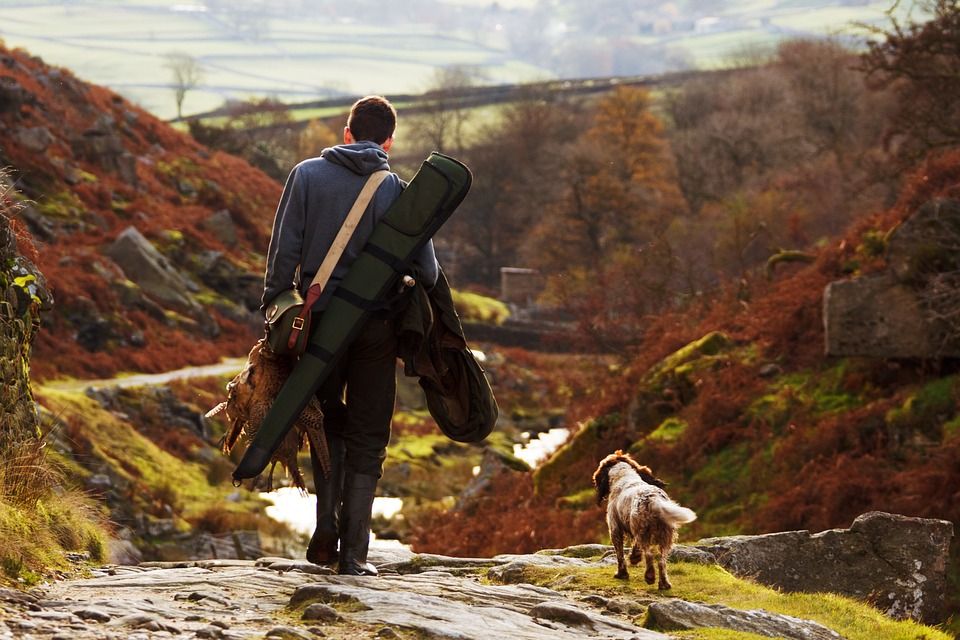Are you the proud owner of your own hamster? Congratulations! Despite their small stature, there can be quite the learning curve while you get to know your new furry friend.
Many parents grew up with dogs and always planned on getting their kids a dog too, but what do you do when your child wants a whole different kind of pet? What should I feed them? How big should their cage be? What are the best hamster toys?
These are all questions you might ask yourself as you gear up for your new life as a hamster-parent.
Hamster toys are an integral part of your new pet’s life. Not only will they provide entertainment, but they double as a necessary way to help with your hamster’s dental care, exercise, and sleeping location.
So, how do you tell which toys to get?
Keep reading to uncover the 7 best hamster toys.
Silent Hamster Wheel :
Your new hamster will need a lot of exercises.
Since hamsters are nocturnal, they feel most energetic at night, which tends to clash with most people’s sleep schedule. Make sure you include a hamster exercise wheel in their cage, so they can be free to exercise whenever they want.
Your average exercise wheel tends to squeak a bit. If you keep your cage in a different room from your bedroom, this might not be a problem. But, remember, hamsters are very active at night, so if the cage is in your bedroom the squeaking might keep you up at night.
To avoid this, invest in a silent hamster wheel. It’ll allow your pet to get the exercise they need while you get the sleep you need.
Obstacle Courses and Playgrounds :
Not only do hamsters like running, but they also love climbing too! There are tons of toys that will allow your hamster to climb, including bridges and ladders.
Our personal favorites are hamster obstacle courses and hamster playgrounds. These are a little more expansive and will offer your pet more options for entertainment.
Obstacle courses focus more on vertical ladders and rock walls so your pet can really practice their climbing skills. The playgrounds usually have a less-steep incline, but they double as a fun hideaway, allowing your pet to climb up a ramp and jump into an opaque plastic play building.
Colorful Hideaway :
That brings us to our next toy – the hideaway. Since hamsters are nocturnal, they need a dark, quiet place to sleep during the day.
Turning the lights off when you go to work won’t be enough, as your hamster will require an enclosed area to help them feel safe and secure while they sleep.
The colorful hideaway is perhaps the most quintessential part of any hamster habitat. The most common are made from a colorful, opaque plastic and look a little bit like a small, round sandcastle.
However, hideaways come in all different shapes and materials, including wooden houses and grass huts. Your plastic playground may also be used as a hideaway, depending on which one you choose.
Exercise Ball :
Your silent exercise wheel is great for allowing your pet to exercise when they want to, but exercise balls are great for adventure and playtime.
Your hamster doesn’t need to stay in its cage all day. Instead, many hamsters would enjoy venturing out of the habitat and exploring their surroundings from the comfort of an exercise ball.
This isn’t just fun for your hamster, either. You’ll love watching your new pet roll around and play. Just don’t let your pet wander unsupervised. You don’t want to lose your hamster under furniture or behind large objects.
Seesaw :
One of the best childhood toys has made the transition to one of the best hamster toys too! They’re a great way to challenge your pet as they tip over before your hamster can climb to the top.
Wooden seesaws are also available which can double as natural chews for your pet, but we suggest a more durable seesaw, so your pet doesn’t eat away their favorite toy.
Fun and Natural Chews :
Chews are an extremely important toy for your new pet. Hamster’s teeth grow very quickly, and they need things to chew on in order to keep their teeth at a manageable length.
Wooden, twig and seagrass chews are an excellent way to give your hamster a natural treat to chew on. There are even chews made with real cheese! Brightly colored loofah chews are also available to add some fun color and shapes to your pet’s habitat.
If you’ve ever had a hamster before, you’ll know that a chew only usually lasts a few days to a week.
Those hamsters really like the chew away! Pumice stones work as a natural teeth grinder for hamsters and are also long-lasting, so you don’t have to worry about replacing them as often.
Branch Ball :
Balls aren’t just a toy for dogs and cats! Hamsters can get hours of enjoyment out of a branch ball. The ball is made up of twisting twigs, which are another great option for a natural chew.
But they’re more than just a big chew.
There’s a jingling bell hidden in the center of the ball, which helps enlighten your furry friend’s curious side. They may nudge and push the ball around their cage for enjoyment before stopping to chew it for their health.
The Best Hamster Toys :
Many people opt for a pet hamster as they don’t produce many allergens and they are easy to care for. But, just like any pet, your hamster will need toys to entertain themselves while you’re away at work. Hamster toys are arguably even more important because they double as important exercise equipment, teeth grinders, and sleeping spots.
So, not only do the best hamster toys provide entertainment, but they also help maintain their health and well-being.
Did you like what you read? Check our lifestyle blog for more awesome content like this.
Read Also :





















